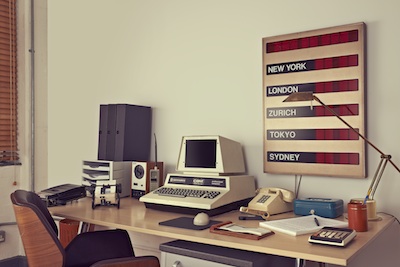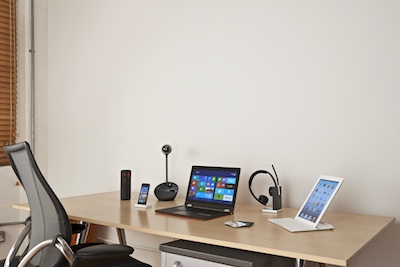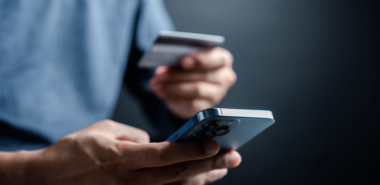Today’s technology doesn’t only help us do our day jobs faster and more knowledgably, it also speeds up the admin tasks that keep every good office operating well. Many workers can now do the majority of admin tasks themselves, eliminating the need for hoards of assistants and secretaries who were previously required to do everything from banking and paying bills, to booking travel and purchasing supplies.
Beyond the office, the technology available to us in our professional lives can also be put to good use in our personal lives. Being able to view live documents from home, for example, means we can check and amend our digital diaries and make dentist appointments or even book last minute holidays, safe in the knowledge that our precious free time isn’t wasted making arrangements to unwind.
With this balance between personal and professional administration, managed on our mobiles, it is key to have the right security measures in place. Blurring the boundaries between security and convenience can result in misplaced information and ultimately cost businesses their property, both physical and intellectual.
With the right digital security in place, a computer today can be trusted with admin tasks and security settings more so than a human secretary required to file a confidential document, or office manager required to lock the door at night in the 1980s.
Office environments have changed due to the technology that allows buildings to stay open 24/7, with energy (and therefore cost) efficient lights only switching on when they sense movement, and NFC doors locking automatically behind people to keep unauthorized visitors out.
The introduction of the computer as we know it, from calculator to laptop continues to change the way administration is done in the office. During the 80s, as the method of storing information became digital, secretaries became typists. Today, we have unified communication systems that can send you an email with the message that someone leaves you over the phone, while voice recognition software like Nuance’s Dragon dictation and Apple’s Siri are perhaps set to change the way minutes are taken in meetings for evermore.
Modern life is fast moving and even at work we are always ‘on the run’. Now, you can easily book a ticket on your phone for the train departing in the next second, securely make a bank transfer within a minute or send a contract to a client and receive his confirmation within an hour. We are also probably checking our smartphones every five seconds and feel lost when they are dead.
Thirty years ago, instead of fearing cybercrime, data loss or empty batteries, secretaries had to fear burglaries, storms or snowfall. People had to walk to the travel agency to make a booking for their next business trip, to the bank to make a bank transfer or to get traveler checks for the trip, or to the post office to send a contract to a client and wait days to get a confirmation.
Storage units today are replaced by desks stuffed with staff instead of papers. The role of a secretary is now almost redundant, as people have personal assistants in their pockets able to provide automatic news feeds in seconds and make appointments with just one click.
Does modern technology make your life easier? Or more hectic? Let us know on Twitter using the hashtag #MyDeskNow and share a picture of your desk for the chance to win a prize.


The desktop of the past and near future, imagined by Gemalto in 2013.


